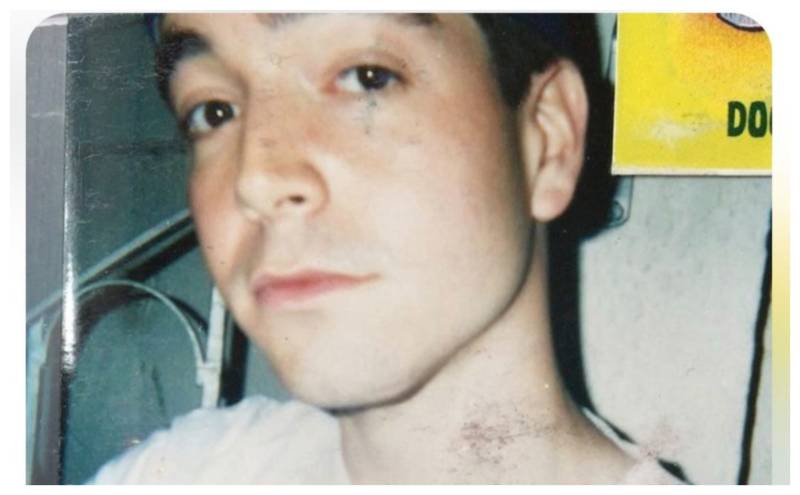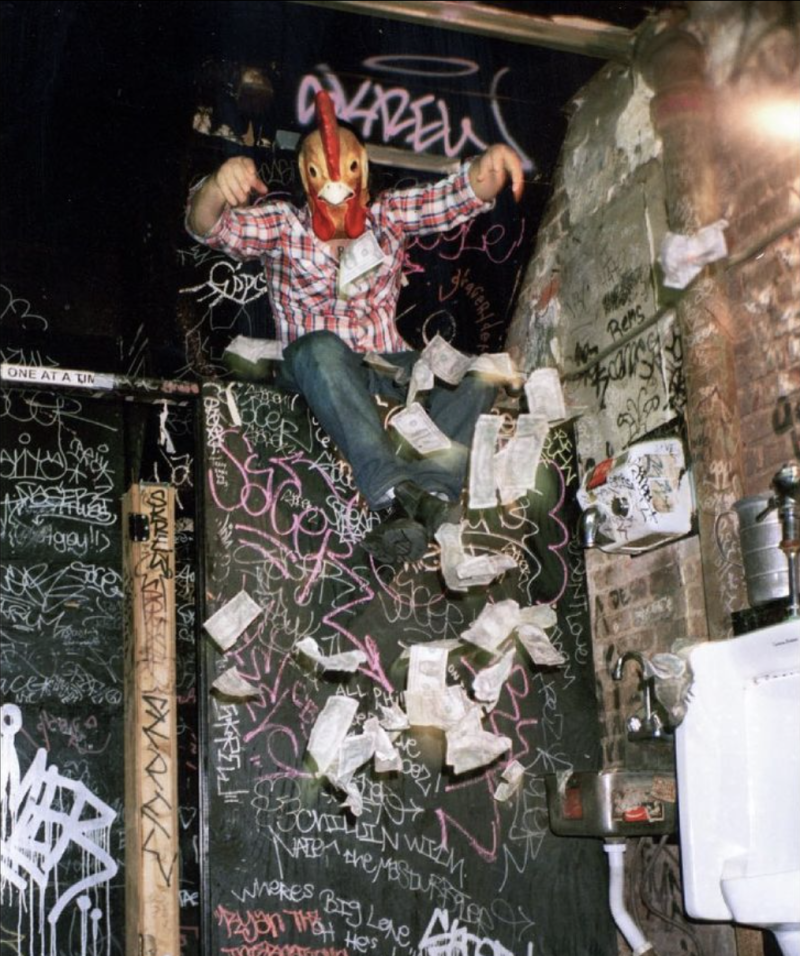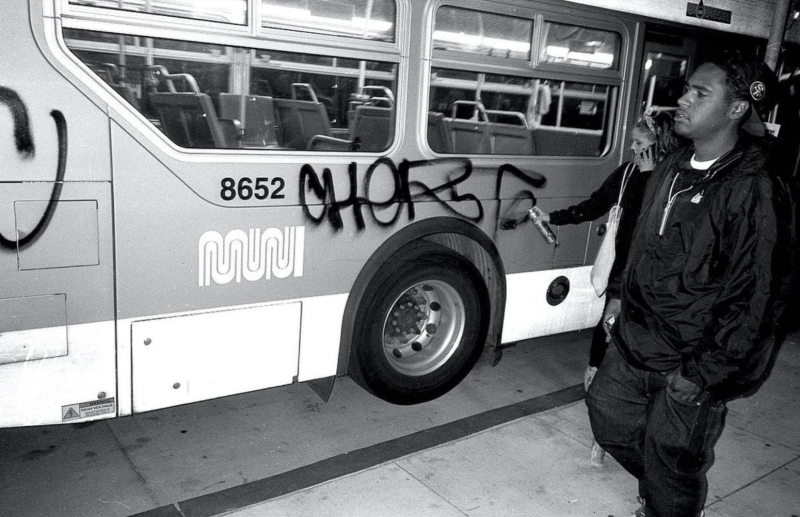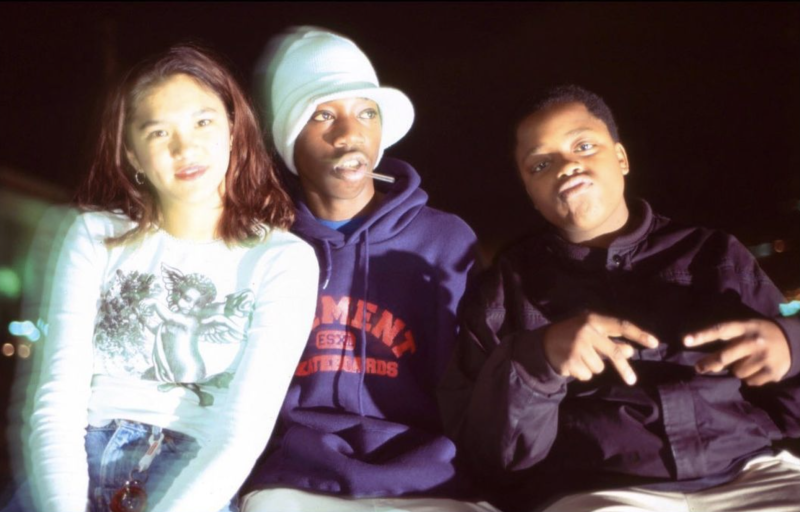On Friday morning, I got word that my favorite San Francisco photographer Dave Schubert had died suddenly. The long-time Mission District resident was discovered on Thursday, Jan. 5 by concerned friends at the 26th Street home Schubert lived in for two decades.
Schubert’s work had been a minor obsession of mine ever since 2005, when I first saw one of his photographs at a 111 Minna show. The photo in question — a chaotic 16th Street brawl involving seven people and a bicycle — has hung in my home ever since. It offers a perfect snapshot of Mission District nightlife as I knew it back then: a grimy, hedonistic community of bartenders, graffiti writers, skaters, punks and bike messengers.
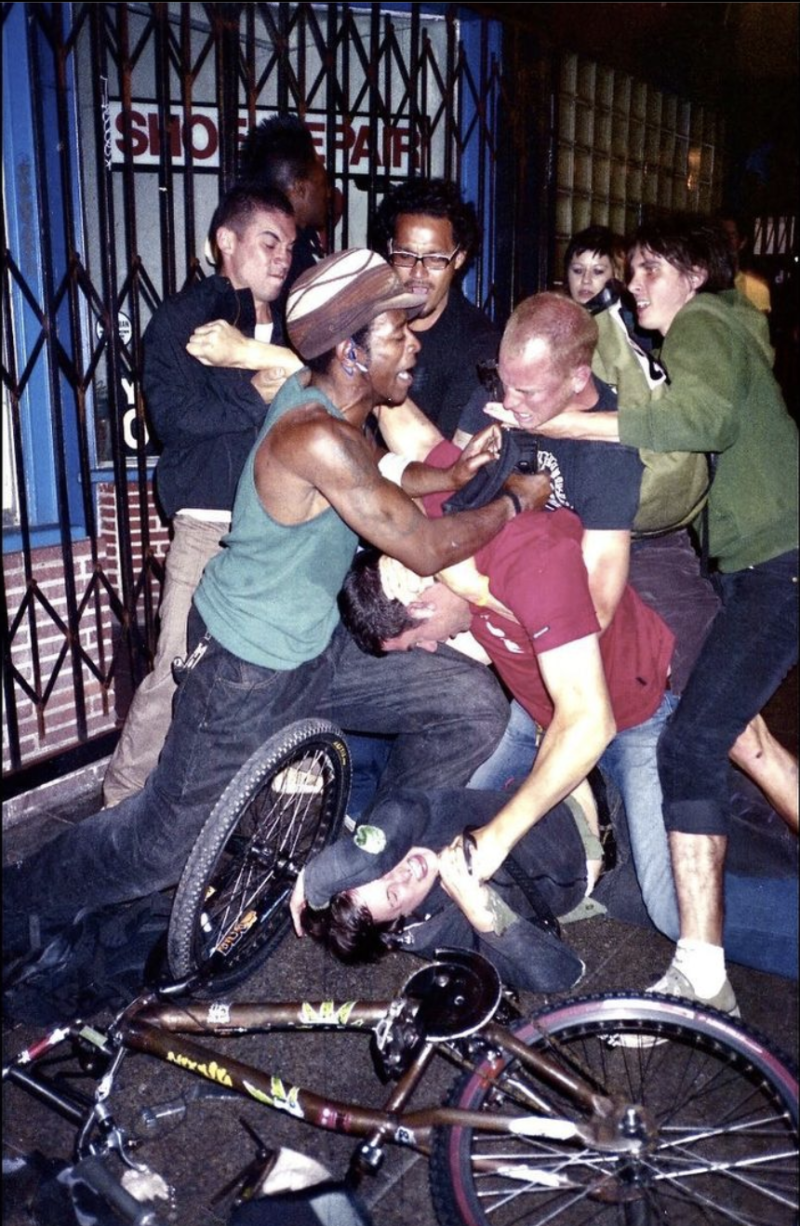
This underworld of smart-ass scrappers, non-stop taggers and street-fighting drunkards was a large part of why I fell in love with San Francisco in the first place. And Schubert documented all of it. Back then, in the late ’90s and early 2000s, it felt like there were no consequences for any amount of ill-advised behavior. If there was trouble? Well, the story you told the next day was just that much better. In the 18 years since I first found Schubert’s work, no one has captured that chaos better than he did.
Schubert and I lived only a few blocks from each other in the Mission, so back in September 2022, I invited him out to lunch to talk about his work. He met me in the back of Old Jerusalem on Mission Street. In person, Schubert was sweet, polite, humble, and just a little wild-eyed. He told me right off the bat that he’d hit his head a lot over the years and showed me photos of him swollen and bleeding to prove it. “Bloody head shots,” he called them. He had a whole collection.
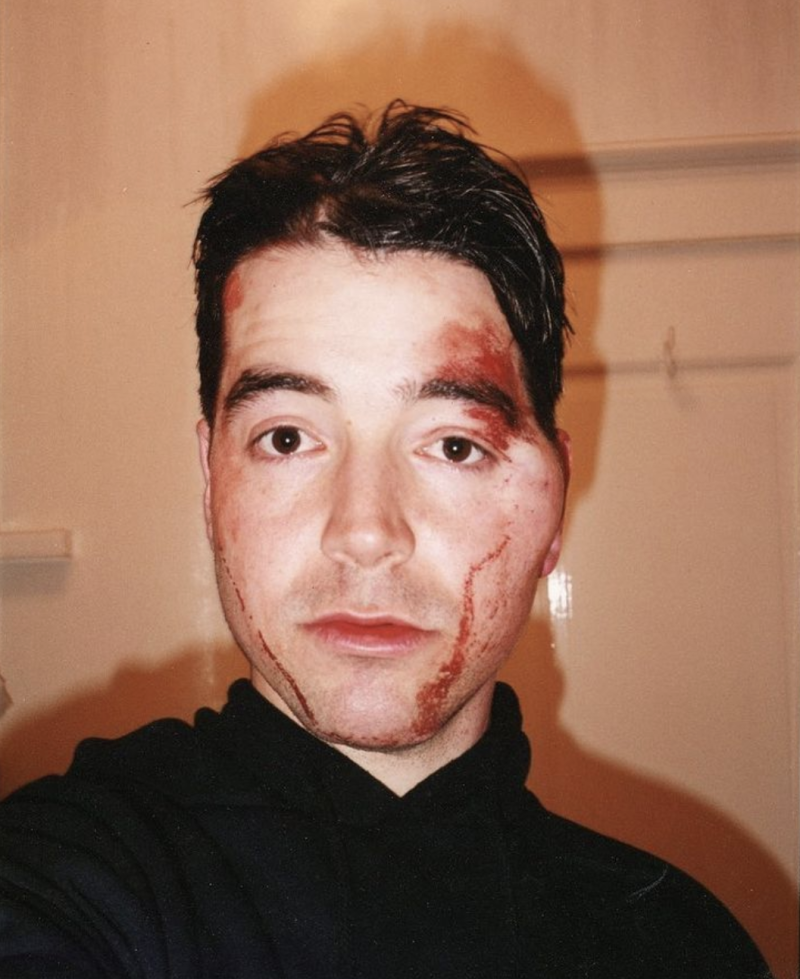
But Schubert was also incredibly smart; a scholar about the history of photography and an easy conversationalist. We talked for longer than I expected that day about a wide array of topics. We talked about Schubert’s earliest photography inspirations: Bob Richardson, Richard Avedon and Robert Frank. We talked about the history of the Mission. We talked about dead friends, in particular his best friend Dash Snow, who Schubert memorialized with a fanzine of photos after Snow’s death in 2009.
